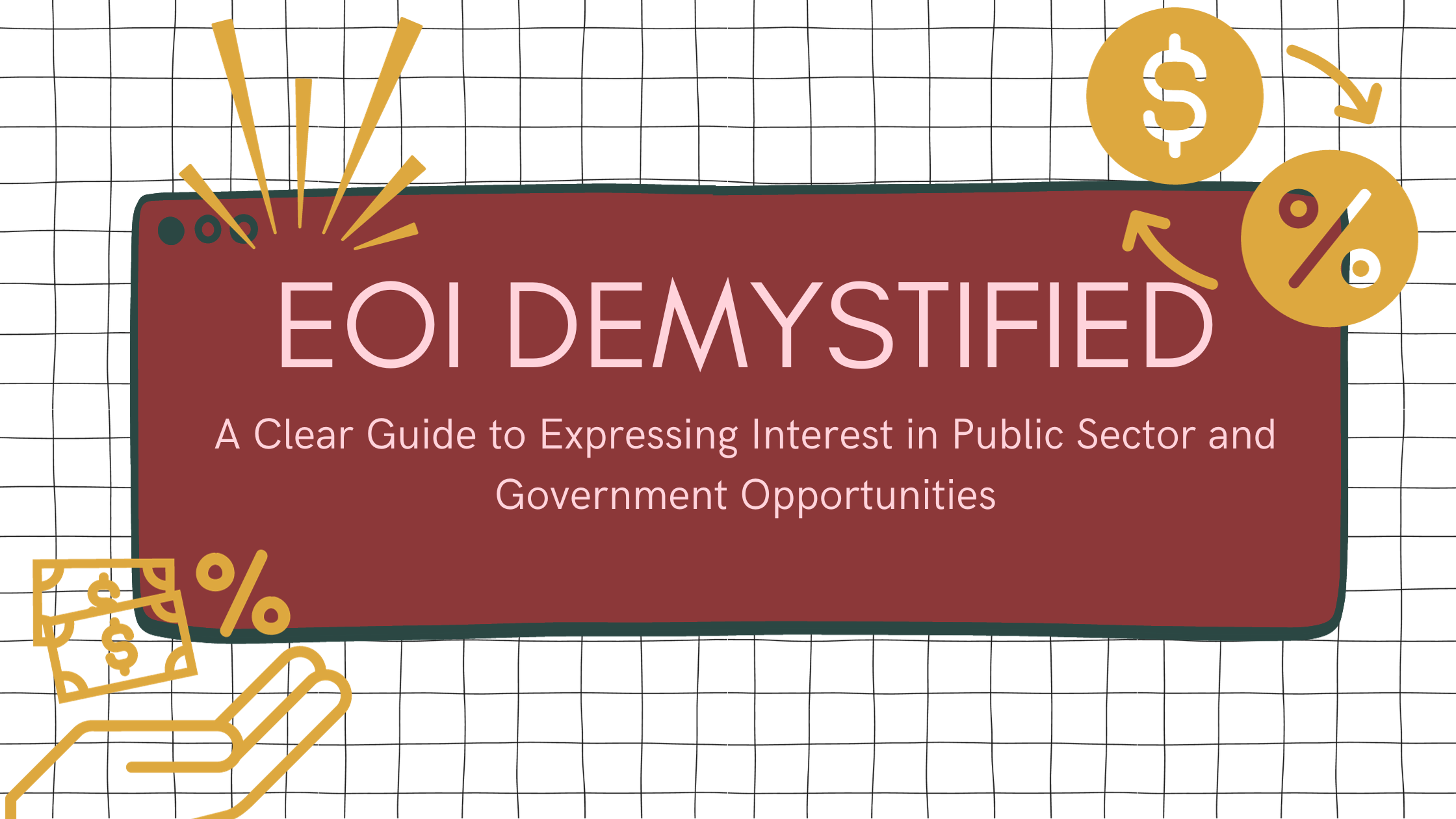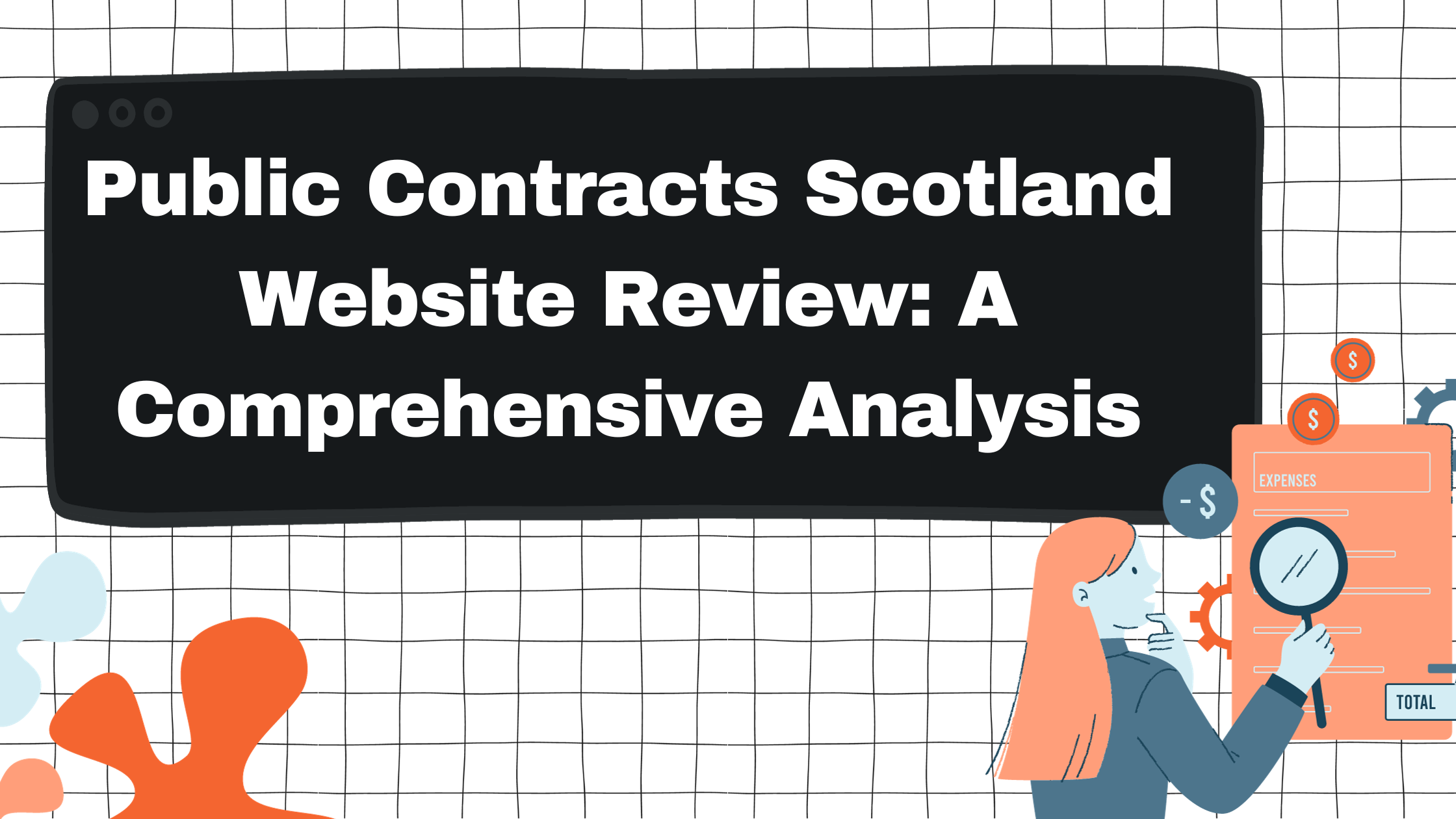Streamlined RFP and Proposal Writing Services: Enhancing Efficiency in Document Creation

Need Help with Your Bid?
Get in touch by filling out the form and one of our advisors will be in contact.
Contact UsRFP Proposal Software: Streamline Your Bid Process with Innovative Solutions
In the competitive world of business, the ability to swiftly generate Request for Proposals (RFPs) can significantly expedite the procurement process. RFP proposal software emerges as a transformative tool, inherently designed to automate and simplify the creation of RFP documents. By utilizing this technology, businesses are empowered to craft comprehensive proposals that not only meet but exceed the intricate requirements of potential clients.

The sophistication of RFP proposal software lies in its capacity to tailor proposals according to precise project demands, thereby enhancing the possibility of securing contracts. Leveraging such platforms ensures meticulous attention to detail, simultaneously boosting efficiency by minimizing manual effort. For organizations looking to streamline their proposal creation process, investing in robust RFP software is akin to setting a new standard of operational excellence within their strategic approach.
Key Takeaways
- RFP proposal software automates the proposal generation process.
- These tools increase accuracy and efficiency in crafting customized RFPs.
- Selecting suitable RFP software optimizes procurement and client engagement.
Understanding RFP Software
As an expert in the procurement field, I've witnessed first-hand how RFP software revolutionizes proposal management. Let's dive into defining what RFP software involves and its transition from traditional methods to AI-enhanced processes.
Defining RFP and Its Purpose
RFP, which stands for Request for Proposal, is a document that organizations use to prompt vendors to bid on desired services or products. This formal solicitation process serves a critical function in procurement, allowing companies to define project criteria and needs while inviting potential suppliers to offer solutions. When I discuss RFP software, I am referring to the tools and platforms designed to facilitate this process.
Evolution from Traditional to AI-Powered RFP Processes
Traditional RFP processes often encapsulate manual, time-consuming tasks. This includes drafting complex documents and managing responses - tasks I found to be laden with inefficiencies. Enter AI-powered proposal management software, which leverages artificial intelligence to automate and enhance various steps in creating and evaluating RFPs.
Compared to the traditional approach, AI simplifies complex analytics, which I can attest dramatically accelerates decision-making. Furthermore, online proposal software enables real-time collaboration, ensuring accuracy and consistency in proposals. The incorporation of AI in the RFP process signifies an evolution from the tedious manual methods, paving the way for efficiency and strategic proposal management.
Key Features of RFP Proposal Software
When assessing RFP Proposal Software, I focus on several key features that are critical to streamlining the proposal process. These features ensure that the creation of RFPs is not just efficient but also effective in meeting the goals of a business.
Customizable Templates and Content Libraries
I've found that customizable templates are a cornerstone of any RFP software, as they save a tremendous amount of time. These templates allow me to rapidly construct proposals without having to start from scratch each time. Moreover, content libraries store reusable content, making it easy to maintain consistency and accuracy across multiple proposals.
Collaboration and Workflow Management
Efficient collaboration tools are essential for coordinating with team members. Workflow management features enable me to set permissions, track progress, and ensure that every team member knows their responsibilities. This provides clarity and keeps project timelines on track.
Automation and Response Management
Automation is a feature I cannot do without. It significantly cuts down on manual work by auto-filling responses and managing repetitive tasks. With advanced response management, the software can help in organizing and prioritizing proposals, which in turn improves my ability to meet submission deadlines.
Analytics and Reporting Capabilities
Lastly, powerful analytics give me insights into the RFP process, which helps identify what strategies are working and where improvements can be made. Reporting capabilities are also valuable as they provide me with detailed analysis and overviews of the proposal's performance.
Benefits of Leveraging RFP Proposal Software
Leveraging RFP Proposal Software can vastly improve the efficiency and effectiveness of my proposal creation process. Let me guide you through the core benefits such software brings to the table.
Enhancing Productivity and Operations
Implementing RFP proposal software has significantly increased my productivity by automating routine tasks. Through this, I've reduced the time spent on manual data entry and document organization. My operations have become more streamlined, allowing me to focus on strategic aspects of proposal creation.
- Automation of repetitive tasks: Saves valuable time and reduces errors.
- Centralized information: All necessary data is stored in one location for easier access.
Improving Proposal Quality and Compliance
I've noticed a substantial improvement in the quality of my proposals since utilizing RFP software. This technology assists me in maintaining consistency in branding and messaging, which is crucial for compliance with industry standards and client requirements.
- Consistency in branding: Ensures all proposals align with my company's brand image.
- Compliance with standards: Helps adhere to specific industry guidelines and formats.
Increasing Win Rates with Data-Driven Insights
Analyzing past proposals and client feedback has become simpler with RFP software. By harnessing data-driven insights, I've been able to refine my approach to meet client needs more effectively, resulting in increased win rates for my proposals.
- Insightful analytics: Reveals trends and patterns that inform better decision-making.
- Tailored proposals: Utilizes historical data to customize proposals to client preferences.
Selecting the Right RFP Proposal Software
To ensure a seamless RFP process within my organization, I must diligently select software that aligns with our specific needs and expectations. This involves a careful analysis of our requirements, scrutinizing potential vendors, and considering security and compliance standards.
Assessing Your Organization's Needs
- Understand the Scope: I begin by mapping out the extent of our RFP activities including the number and complexity of the proposals we handle.
- Identify Features: Then, I compile a list of essential features such as template creation, collaboration tools, and response tracking to enhance our proposal process.
Vendor Comparison and Service Evaluation
- Gather Vendor Information: I then research potential vendors and their software offerings, focusing on functionalities that can tailor to our workflow.
- Critique Services: Each vendor鈥檚 services are scrutinized for quality support and training resources to ensure we receive more than just a software solution.
Security and Compliance Considerations
- Security Questionnaires: I take the initiative to dive into security questionnaires provided by vendors to verify their protocols align with our data protection standards.
- Verify Compliance: Last, I confirm the software adheres to industry compliance regulations, which is necessary to maintain integrity and trust in our RFP submissions.
Implementation and Best Practices
In implementing RFP software, I focus on the importance of strategic deployment, comprehensive training for users, and routine updates to the RFP process to ensure relevance and efficiency.
Deploying RFP Software for Maximum Impact
To deploy RFP software effectively, I start by aligning it with my organization's specific needs. I pinpoint the areas in my current proposal process that require the most improvement and select features that directly address those aspects. For example, I integrate easy-to-use templates to standardize proposals across all departments.
Key Steps:
- Define the scope of implementation within my organizational workflow.
- Select a vendor that offers customization options to fit my unique strategic objectives.
Training and User Adoption
An aspect I consider critical is proper training to ensure smooth user adoption. I create a structured training program, breaking down complex functions into manageable lessons. Additionally, I ensure that there is a mix of self-paced online resources and live assistance from the vendor to cater to different learning preferences.
Training Approach:
- Hands-on Sessions: Users practice with real RFP scenarios.
- Support Material: Supplemental guides and videos are provided for reference.
Maintaining and Updating Your RFP Process
My process doesn't stop after deployment; maintaining and routinely updating it is vital. I schedule regular reviews of the RFP process, gathering user feedback to identify bottlenecks and areas for improvement. This helps me stay up-to-date with best practices and adapt to evolving market demands.
Maintenance Checklist:
- Periodic Reviews: At least quarterly, to assess the relevance of the RFP process.
- User Feedback Loops: To enhance the platform based on actual user experiences.
By concentrating on strategic deployment, effective training, and ongoing process improvements, I not only enhance the efficiency of my RFP responses but also support sustained growth and adaptability for my organization.
Frequently Asked Questions

In navigating the complexities of RFP proposal software, specific features and best practices play a crucial role in efficient and effective RFP creation. Here, I cover the essentials to accelerate your decision-making process.
What are the key features to look for in RFP proposal software?
The key features that define a competent RFP proposal software include customizable templates, collaboration tools, a content library for storing standard responses, and tracking capabilities for proposal progress and success rates. These components are fundamental for scalability and responsiveness in the proposal process.
How does proposal software streamline the RFP creation process?
Proposal software automates repetitive tasks, organizes response content, and enables team collaboration, significantly accelerating the RFP creation process. It facilitates quicker turnaround times, ensuring that teams can submit accurate and comprehensive proposals within tight deadlines.
Can you recommend any open source proposal software for small businesses?
While there are numerous proprietary solutions available, small businesses looking for open source options might find fewer alternatives. Nonetheless, platforms like LibreOffice and ONLYOFFICE can be repurposed to some extent for RFP proposals, albeit without the specialized features of dedicated RFP software.
What are the benefits of using a specialized proposal app over generic document software?
Specialized proposal apps offer the advantage of tailored functionalities, such as automatic response generation, proposal-specific collaboration tools, and integrations with CRM and ERP systems. This contrasts with generic document software, which lacks these targeted capabilities.
How do I customize a proposal template in HubSpot for an RFP response?
To customize a proposal template in HubSpot for an RFP response, I start by navigating to the HubSpot Sales Hub, where I can select a customizable template and edit it by adding my company's specific information, branding, and relevant details that align with the RFP requirements.
What best practices should consultants follow when choosing proposal software?
Consultants should prioritize software that offers simplicity, user-friendly interfaces, and robust data analytics. They should also look for RFP proposal software with strong customer support and the flexibility to adapt to various proposal scenarios and industry standards.
Ready to start your search?
Get in touch by filling out the form to the right and one of our advisors will curate a personalised selection for you.
Get in touchBlogs. Guides. Helpful advice.

Mastering Proposal and RFP Writing for Government and Public Sector Opportunities

Proposal and RFP Writing Services: Enhancing Public Sector Tender Outcomes

.svg)